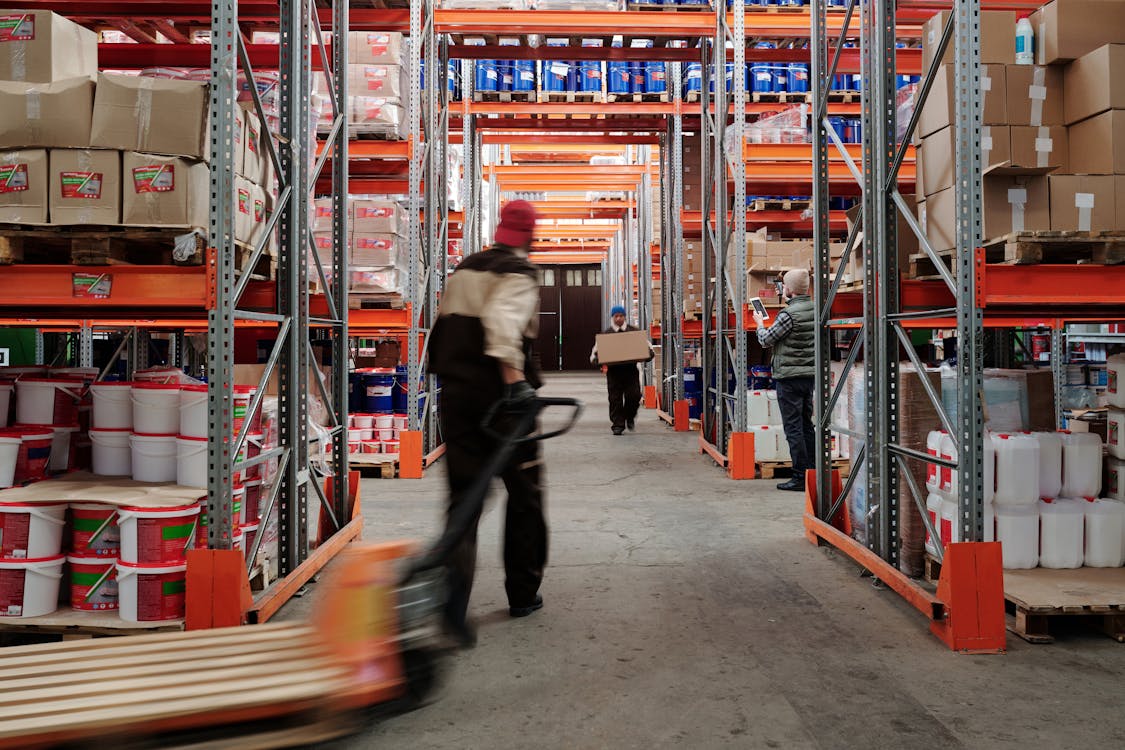
Strains are pains
From April 1, 2025, to March 31, 2026, the Ministry of Labour, Immigration, Training and Skills Development (MLITSD) will focus on manual materials handling hazards in its compliance initiative for industrial sectors – including forest products sectors – across the province.
Manual materials handling hazards can result in musculoskeletal disorders (MSDs) that affect various parts of the body, including tendons, ligaments, bones, and joints. Injuries from MSDs cost the province millions of dollars per year in lost time claims to the Workplace Safety and Insurance Board (WSIB) and account for a significant number of injuries year over year.
Consider these recommended strategies to reduce risk during manual materials handling:
- Assess the load before handling: Check the weight, size, and stability of the item. Use mechanical aids or request help for heavy or unbalanced materials. Many injuries occur from lifting items that are too heavy or awkward to move. This will help you stay strong and protect your spine.
- Use proper lifting techniques: Incorrect posture or techniques can cause strain on the back, shoulders, and knees. Bend at the knees, keep your back straight, and use your legs to push yourself up. When carrying a load, keep it close to your body to maintain balance and limit strains, while making it feel lighter.
- Minimize repetitive motions and awkward postures: It’s important to turn your whole body when moving a load by moving your feet to face the direction in which you’re going. Avoid twisting while lifting and reduce awkward reaches or overhead lifting to minimize your risk of injury.
- Use mechanical aids and equipment: Know your limit and work within it. If something feels too heavy, don’t take the chance moving it! Consider using assisting devices such as pump trucks or wheeled carts to help reduce stress on the body. If possible, break down the load into smaller loads and move each one on its own, or consider having more than one person involved in lifting the load.
- Maintain a clean, organized work area: Keep pathways clear of any obstacles, secure floor surfaces, and ensure adequate lighting in all work areas to help eliminate slip, trip and fall hazards. In a plant, these hazards can stem from cables or boxes strewn across isles and travel ways. Outdoor work hazards can also include branches, uneven ground, and tree stumps. Clean paths make for safe trips!
To further support Ontario’s forest products sectors in this compliance initiative, WSN has launched a toolkit with information dedicated to best safe practices for manual materials handling. These can be downloaded from the MSD-specific page on our website or from WSN’s Resources page (with a number of resources for other topics at hand to support your health and safety journey).
For more information, contact a WSN Health and Safety Specialist in your region.
Related
Avoiding awkward postures information sheet – WSN
Benefits of stretching information sheet – WSN
Safe lifting practices information sheet – WSN
Musculoskeletal Disorders (MSD) resources – WSN
MSD Prevention Guidelines for Ontario – provincial website
Ergonomics in the Workplace – MLITSD
